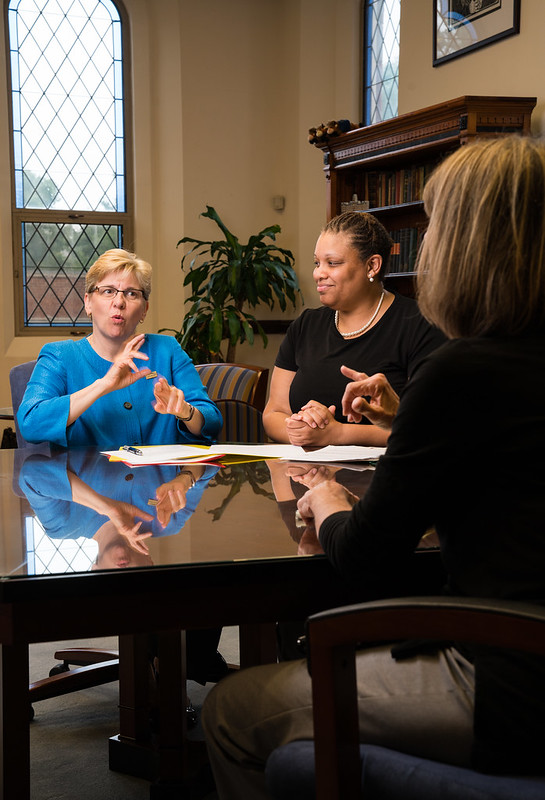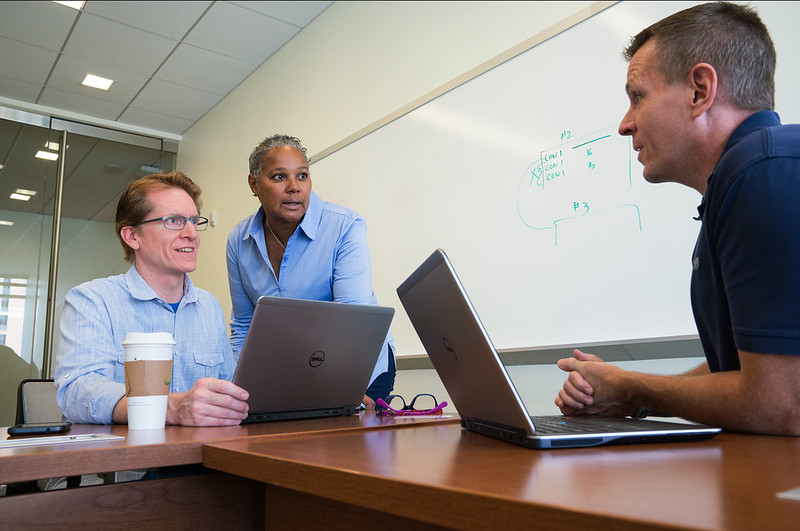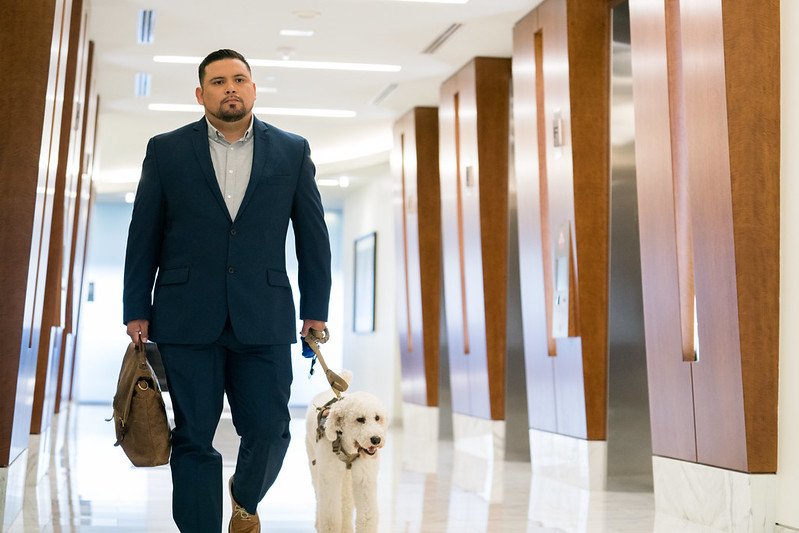ADVANCING DISABILITY EMPLOYMENT
NILG collaborated with the Department of Labor’s Office of Disability Employment Policy (ODEP) on the development of an online information center to help NILG members and others comply with federal contracting regulations and meet their disability inclusion goals. Located on the website of the Employer Assistance and Resource Network on Disability Inclusion (EARN), the NILG Info Center includes links to webpages, fact sheets, FAQs, and guides on topics such as self-identification of disability; where to find job candidates with disabilities; and the benefits of recruiting, hiring, retaining, and advancing disabled workers.




